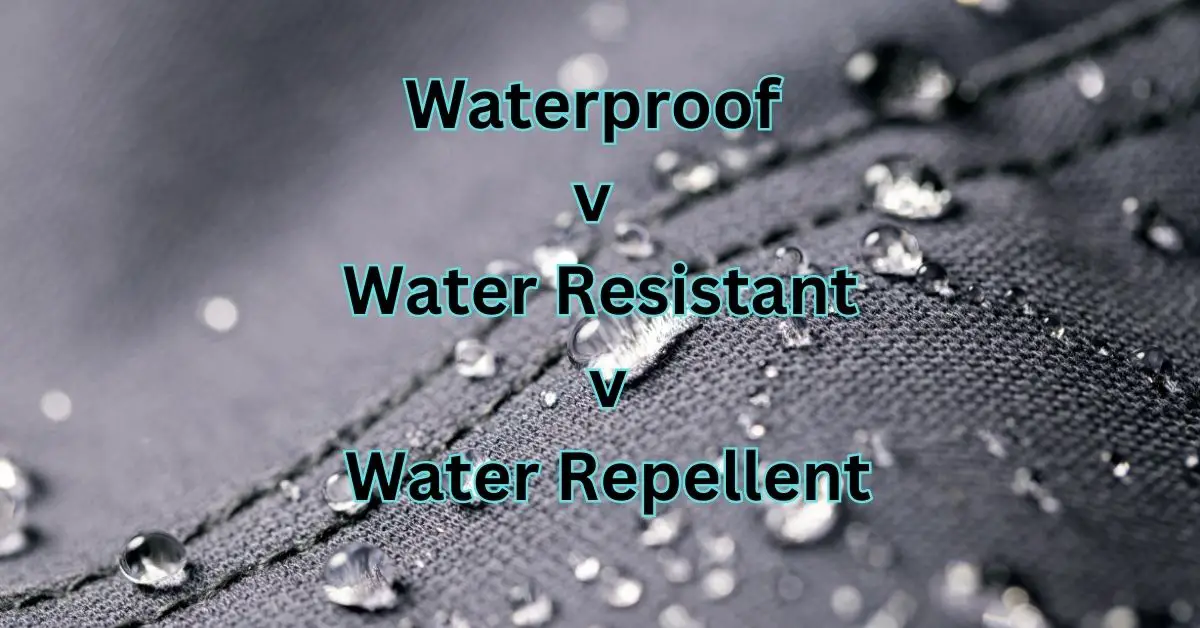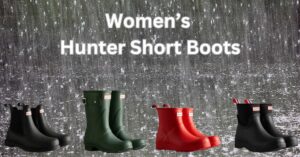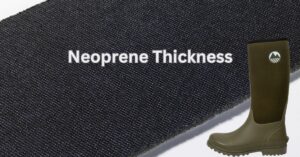Difference between Waterproof, Water Resistant and Water Repellent
Introduction: Understanding Water Resistance Terminology
When it comes to protecting our possessions from water, three terms are often thrown around: waterproof, water-resistant, and water-repellent. But what’s the difference between them? In this article, we’ll explore each term and dive into what makes them unique. Think of it as different levels of protection from a light rain shower to a torrential downpour!
Waterproofing
Waterproof refers to the absolute barrier against water entry. Imagine wrapping something in a material that won’t allow any water to penetrate – that’s what waterproofing achieves. It’s like an impenetrable fortress keeping the water at bay!
Applications and Examples
From smartphones and watches to wellington boots and jackets, waterproof technology keeps our gadgets and wearables safe and dry. It’s like having a loyal guardian protecting your prized possessions from water.
Water Resistance
Water resistance, unlike waterproofing, offers a certain degree of protection but is not foolproof. Think of it as a shield that can handle a splash or a quick shower but might falter under heavy rain. It’s a trusty umbrella that might leak a bit during a storm.
Applications and Examples
Water-resistant products like fitness trackers, umbrellas, and some types of fabric offer protection but require care and awareness of their limitations. It’s like a cautious friend advising you not to jump into the pool with your water-resistant watch!
Water Repellence
Water repellence is the ability to make water bead up and roll off a surface, but it’s not a barrier like waterproofing. Picture water droplets dancing on a newly waxed car; that’s water repellence in action!
Applications and Examples
You’ll find water repellent technology in many outdoor jackets, tents, and car waxes. It’s like having a dance partner that gracefully leads the water away from the surface.
Comparison: Waterproof vs Water Resistant vs Water Repellent
Similarities
All three terms signify some level of water protection, but they differ in the intensity and effectiveness of that protection. Think of them as varying degrees of security, from a simple lock to a complex alarm system.
Key Differences
The main differences lie in the level of protection, with waterproofing being the most robust, water resistance offering moderate protection, and water repellence providing the least. Imagine three different types of raincoats, one for every possible downpour, and you’ll grasp the concept!
How to Choose the Right Product
When selecting products with water protection, consider your needs and the environment you’ll be using them in. Do you need a waterproof watch for swimming, or will a water-resistant one suffice for daily wear? It’s like choosing the right outfit for a party; the choice depends on the occasion!
FAQs
Can I make my Wellington boots waterproof with sprays?
Sprays are available to enhance water protection, but they might not make a non-waterproof boot completely waterproof.
How do I care for my waterproof Wellington boots?
Follow the manufacturer’s instructions, and consider using specialised cleaning products for waterproof materials.
Are all Wellington boots water-resistant?
Not all Wellington boots are water-resistant. Always check the specifications and labels.
What’s the price difference between waterproof, water-resistant, and water-repellent Wellington boots?
The price can vary based on the brand and technology used, with waterproof boots often being more expensive.
Can I wear water-repellent Wellington boots in heavy rain?
Water-repellent boots may not provide sufficient protection in heavy rain, so it’s best to choose waterproof ones for such conditions.
Are natural rubber boots 100% waterproof
Natural rubber is a material that has excellent water-resistant properties due to its elastic and impermeable nature. It can repel water effectively, making it suitable for products such as rain boots.
However, the construction of the boots plays a crucial role in their ability to be entirely waterproof. If the boots are made entirely of natural rubber with no seams or joints, they could be considered virtually 100% waterproof. Any cuts, holes, or wear in the rubber can reduce their water-resistant capability. Also, if the boots are not constructed properly, seams or other connecting points could allow water to seep in.
Additionally, the term “waterproof” often relates to resistance against fresh water, not necessarily against other types of liquids or chemicals. The boots may not protect against certain chemicals or solvents that could break down the rubber over time.
So, while natural rubber boots can be considered waterproof, achieving a 100% waterproof status would depend on factors such as the quality of the rubber, construction of the boots, and the conditions in which they are used. Always check with the manufacturer or retailer to understand the specific waterproof capabilities of a particular pair of boots.
Are PVC wellington boots 100% waterproof
PVC is a plastic material that doesn’t allow water to permeate. Wellington boots made of PVC are typically constructed using a moulding process that creates a single, continuous piece of material, without seams or joints where water might infiltrate.
However, the boot’s overall waterproof capabilities can still be influenced by factors such as the design, manufacturing quality, and wear and tear over time. For example, poor quality control during manufacturing might lead to imperfections that compromise the waterproofing. Additionally, over time, cracks or splits could develop in the material, especially if exposed to extreme temperatures or rough use, and this could reduce the waterproof effectiveness of the boots.
Therefore, while PVC wellington boots are designed to be 100% waterproof and are likely to perform exceptionally well in normal conditions, their actual performance might vary depending on specific circumstances. Always refer to the manufacturer’s specifications and care instructions to ensure that the boots maintain their waterproof characteristics.







